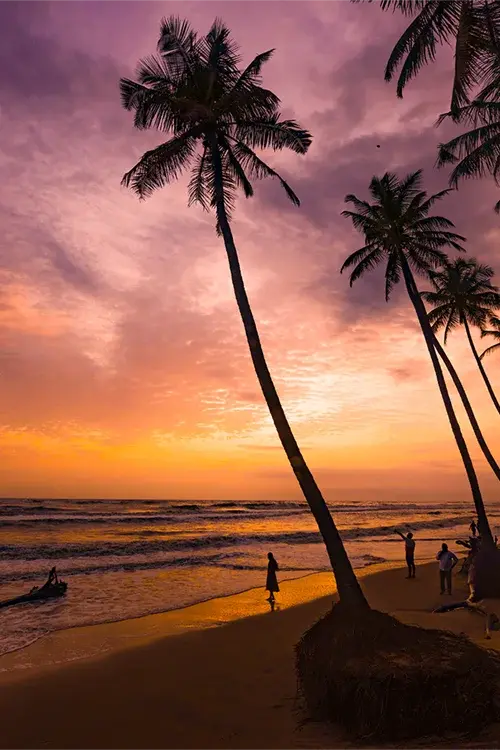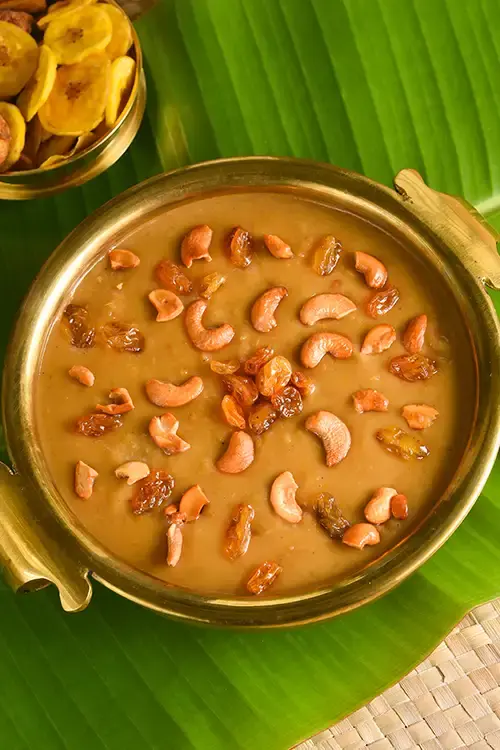FAQ
What is the uniqueness of Kerala's ecosystem?
The uniqueness of Kerala's ecosystem lies in its remarkable biodiversity and the seamless coexistence of diverse habitats, from tropical rainforests to serene backwaters. Positioned between the Western Ghats and the Arabian Sea, Kerala features a range of ecosystems, including dense forests, fertile wetlands, and pristine beaches, each supporting a rich variety of flora and fauna.
One of the most distinctive features of Kerala's ecosystem is its backwaters, an intricate network of interconnected lakes, canals and rivers. This system, particularly famous in regions like Alappuzha and Kumarakom, supports unique flora and fauna, and sustains traditional livelihoods such as coir-making and fishing. The backwaters also play a critical role in regulating the region's water balance and supporting agriculture.
The Western Ghats, a UNESCO World Heritage Site, form the backbone of Kerala’s biodiversity. These lush mountain ranges host dense rainforests, rare medicinal plants and endangered species such as the Nilgiri Tahr and the Lion-tailed Macaque. The Ghats also influence Kerala's climate, contributing to its high rainfall and evergreen forests.
Kerala is also known for its mangrove ecosystems, particularly along its coastal regions. These ecosystems act as natural barriers against coastal erosion, provide breeding grounds for fish, and enhance biodiversity. Additionally, Kerala’s extensive paddy fields and plantations, including tea, coffee and spices, reflect its agricultural sustainability.
The seamless integration of coastal, marine and forest ecosystems makes Kerala’s biodiversity truly unique, showcasing the importance of conserving nature while supporting human livelihoods.






